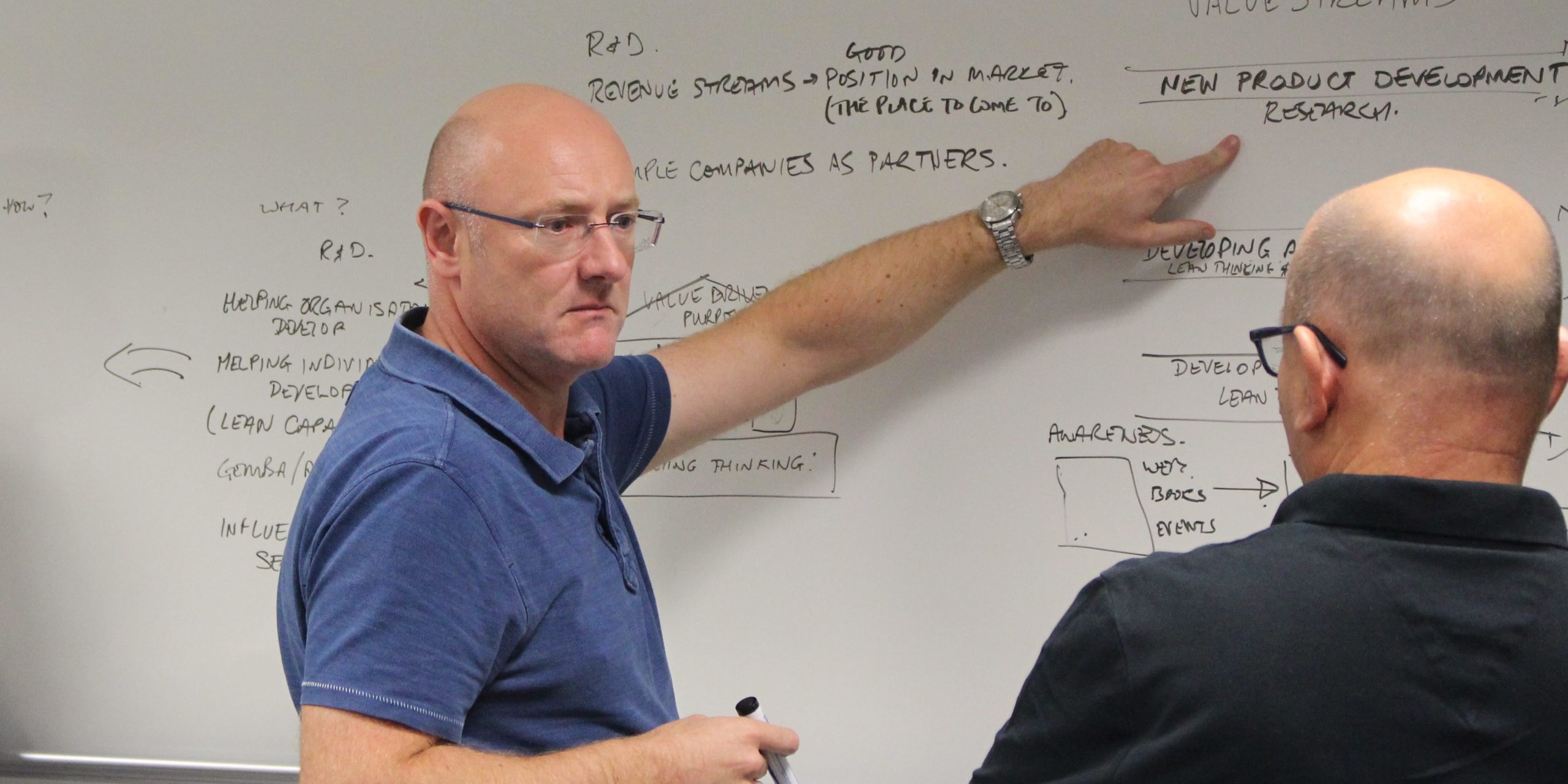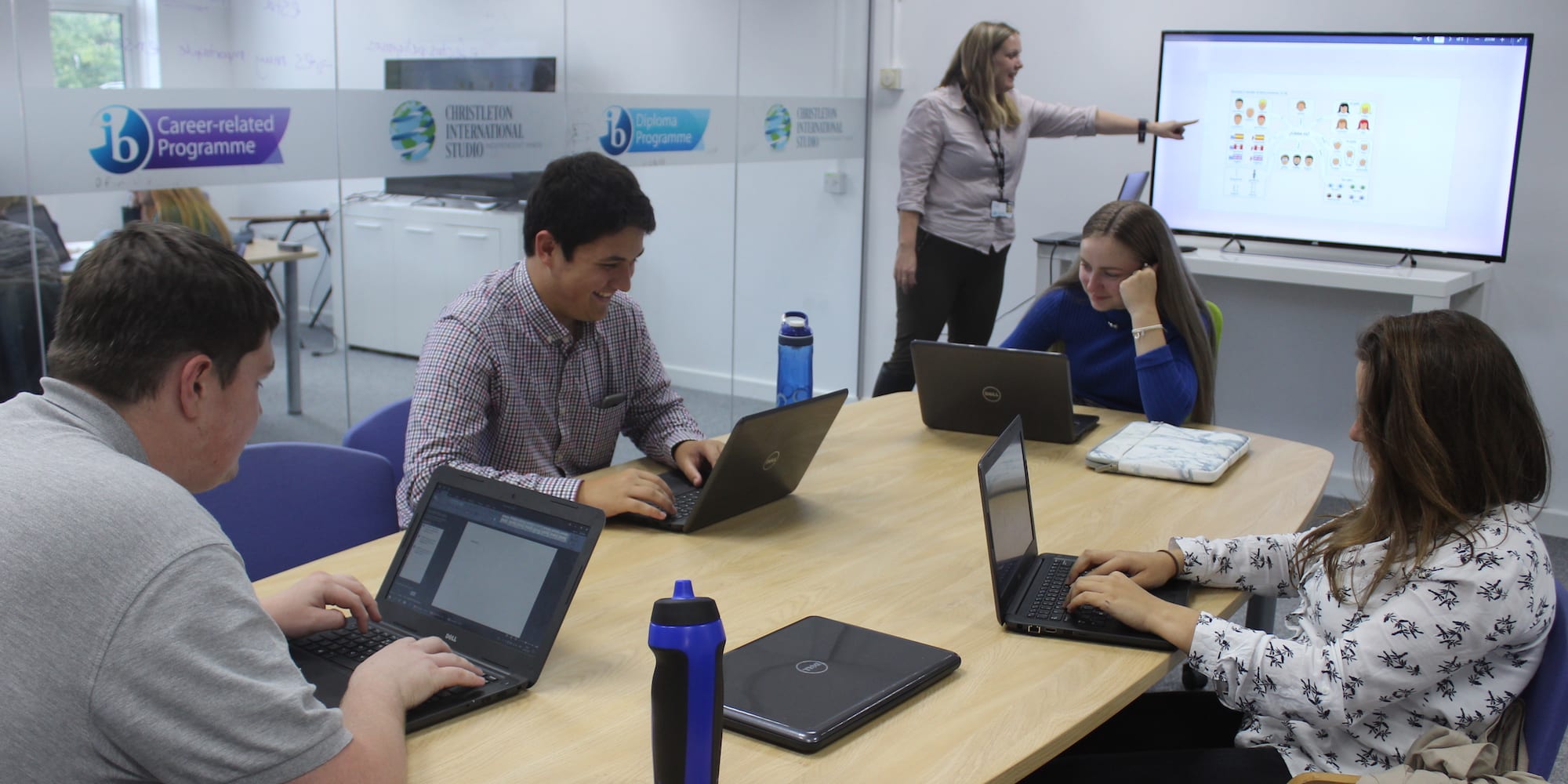
Learning to think holistically about customer value
PROFILE – The leader we profile today has a holistic view of the digital world. He brought Agile to Australia, and after embracing lean thinking he has helped to make REA Group one of the country's best digital brands.
Profile on: Nigel Dalton, Chief Inventor, REA Group – Melbourne, Australia
Words: Roberto Priolo, Managing Editor, Planet Lean
On a hot morning last December, I visited the Head Office of the REA Group in the Melbourne suburb of Richmond. My colleagues from Lean Enterprise Australia – Alister Lee and Denise Bennett – had been raving about this advertising company that specializes in property search, and about their “Chief Inventor”. I was very excited to meet him.
After I checked in at reception using one of the iPads provided (you know you are in a digital company when…), Nigel Dalton came to greet me, sporting a pair of jeans and a RMIT University sweatshirt. My kind of executive, I thought.
A social scientist by training – a behavioural economist to be exact – Nigel leads the REALABS R&D team at realestate.com.au. Their Consumer Research Lab, adjacent to the engineering Lab, which invites around 1,000 stakeholders in every year to study their interaction with technology and the website, is instrumental to ensuring the company remains competitive in a rapidly-changing environment like real estate.
Nigel’s passion for what he does is palpable. As REA’s Chief Inventor, he told me about the exciting opportunities presented to the company by new technologies. Exploring the capabilities of voice-controlled devices or virtual reality goggles is not just a way for REA to remain competitive; in Nigel’s mind, this seems to be part of the natural evolution of a media company.
“We follow the Marshall McLuhan recipe on the three stages of media transformations,” he explained to me. “First, you take the sheet of newsprint and match it on the screen, then you atomize components, and finally – and that’s where we hope to get soon – you apply AI to each of those components.” AI will make it possible to customize the offering of a company like REA, which will be able to match properties to the needs of a prospective buyer (this is the direction the market is going, with digital giants like Google and Facebook expected to join in).
As Nigel told me about the dramatic transformation the business has experienced after multi-functional teams were introduced and the strategic focus of the company shifted towards always understanding and fulfilling customer and consumer needs (for more on this, check out our recent case study), I couldn’t help but notice the myriad references he busted out at every sentence. In expressing one thought, he can mention anything from the Wright brothers to the Tavistock Institute of Human Relations, from Taylor to Spotify, from Deming to Walt Disney. He is a well-read holistic thinker, which is one of things making him such an interesting person to talk to.
“Walt Disney was a fascinating lean thinker,” he told me about one hour into our conversation. “As a cartoonist, he was all about the craft. Faced with having to manage a business that had music, cartoons, films, amusement parks, magazines, he had to come up with a radically new structure to run his creative organization. He let the craftspeople do the craft and the managers support them. We model our own approach around that.”
A JOURNEY OF DISCOVERY
As we walked the gemba, I looked around and quickly noticed how young an environment REA is. “The average age here is 36,” Nigel said. “I am the oldest one at 54. The interesting thing is that if you put anyone under 35 in charge of a company, they won’t know a way of working that isn’t collaborative.” He might be older, but Nigel seems to really get millennials: he knows how they think, he understands what they expect from their job, and he sees their potential. The story of how he got to think this way is really quite interesting.
Nigel grew up in New Zealand and that’s where he went to university. It was the early 1980s. In his economics classes, he was taught about the Japanese miracle and how it had been achieved. Or at least how we in the West thought it had been achieved. His education was very much characterized by the traditional Taylorist views of what makes a good manager and a good company.
“I should have read The Machine that Changed the World, and it would have blown my mind. Sadly, I had to wait another 20 years to discover its brilliant teachings, which is why over time I built IT projects that constantly failed. I simply thought that by commanding and controlling harder, we could make the products customers needed. I lived a delusional life for a couple of decades,” Nigel told me.
All the software development templates and management methods he had learned and tried out (from six sigma to business process reengineering and TQM) were failing. When Nigel spent time in the United States working with a fast-moving startup working on psychometric testing for online recruitment, he once again realized how everything he knew seems to not work in the world of internet and software.
At one point, he was given Kent Beck’s Extreme Programming Explained, which made the point that failure in IT can be avoided by shortening testing cycles and having a close interaction with the customer. Thinking it could never work, he put the book aside, only to pick it up again – “in desperation” – in April 2000.
That’s when Nigel decided to give this different set of tools and ideas (or “humanistic stuff”, as he called it) a go. He told me: “I think this was pretty native to me as a Kiwi, because we are all about collaboration and we don't like hierarchy. To my amazement, extreme programming worked: we started listening to customers, running short cycles of testing on the product, so that we could make small changes rapidly and improve gradually.” In fact, it was so successful that, even though it is a software development methodology, the company ended up applying it to the whole business. It is interesting to point out that all this happened before Agile was officially “codified” in the Manifesto in the ski resort of Snowbird, Utah in 2001.
In the second half of the 2000s, Nigel went back to Australia. He brought with him those budding ideas. In 2007, there were two enormous experiments going on in Australia: one at Suncorp and one at the Lonely Planet Group (where Nigel took on the role of General Manager of Information Technology). In the first case, nine companies were acquired and had to find a common way of working, which turned out to be Agile. At Lonely Planet, “a craft business with artisan writers”, there was a great need for productivity and innovation at a time when the company was trying to figure out how to transition from print guidebooks to the Internet. “We didn’t really pull that off, and that was another big lesson for me: you can have a very efficient factory, take all the waste out of the process, but if you have the wrong strategy you will get into trouble anyway. Lonely Planet was pumping a lot of money into printing color books, because we were convinced a traveller would never take the equivalent of a $1,500 computer on holiday!” he continued.
Both examples are widely known for the audacity of their experiments, which created a diaspora of practitioners believing in Agile as a new way of working. Nigel’s experience in America building a whole business based on those ideas and his work at Lonely Planet earned him the nickname of “godfather of Agile in Australia” (though his younger colleagues jokingly call him “the grandfather of Agile”).
Around that time, Nigel met a man called Richard Durnall, who was working for a company called ThoughtWorks after many years with Ford in the UK. During his time at Ford, Richard had learned a lot from the mistakes the company made, especially after Toyota was asked to go in and help. Through ThoughtWorks, he applied concepts like kanban to the software world (ending up helping REA with the introduction of a Continuous Design approach that aimed to reduce the time from concept to market).
TRANSFORMING REA
After Lonely Planet, Nigel joined REA. At this point, he was “endlessly fascinated” by lean thinking. REA completed a massive engineering re-platforming of the systems that build Apps, sites, and the search for realestate.com.au. When he joined, Nigel saw the need to build more than a system to produce a good digital product; he wanted to create an enterprise-wide way of working.
In his view – discussed in a book he is working on, interestingly titled Agile is the last thing you need – agility in producing software is only a component of this enterprise-wide system. There are three pre-conditions that need figuring out before agility can happen:
- Management – REA flipped from a functional organization in which people spoke via email to a multidisciplinary organization where people sit next to each other. This approach to running the business allows for:
- Resilience – REA is working hard to develop “bouncebackability” in its individuals, teams and across the business.
- Invention – The aforementioned Consumer Research Labs provide a place for ideas to be owned and executed. It represents the engine of innovation for REA.
As far as organizational cultures go, REA’s borrows from many of the schools of thought and improvement approaches, theories and methodologies available to us – from agile to six sigma, systems thinking to, of course, lean. Surely, this is a reflection of the company’s Chief Inventor’s deep understanding and continuous exploration of the multi-faceted world of improvement. Nigel carries a diagram with him that records his ongoing attempt to map it and to go back to the original ideas from which all these movements originated.
He said: “It’s fascinating to me that this diagram effectively shows the end of the evolution of management thinking in the traditional manner at the same time as the Internet emerged. That’s when a thousand flowers bloomed on the tree (lean, agile, systems thinking, etc) and starting cross-pollinating, as the planet started to cope with global hyper-competition, incredibly fickle customers who change their mind in the blink of an eye, and a constant attention to efficiency and productivity.”
These are all challenges that Nigel is trying to tackle at REA. Customer needs are changing quickly, and websites like realestate.com.au will increasingly be expected to match properties to buyers and renters, rather than simply help them with their search. According to Nigel, this is a problem of mass-customization, similar to the one Toyota faced in the 1950s and 1960s. He explained: “I grew up thinking that to make cheap products you need mass production. But those who are attempting mass production techniques in the digital world soon find they can’t scale and end up burning out as soon as they meet the global market. The idea that you could make customized, yet inexpensive products was Internet gold!”

Read more


GETTING TO KNOW US – It’s easy to over-complicate lean thinking. This month’s Lean Global Network interviewee tells us why we should always start with the work and the people doing it.



INTERVIEW – At the recent European Lean Summit, we sat down with a senior executive from Fiat Chrysler Automobiles to learn more about the company’s World Class Manufacturing approach.


COLUMN - In the first of a series of columns written by CEOs, John Bouthillon of PO Construction explains how lean has kept his company afloat through the recession.


FEATURE – The application of lean management to education is not new, but we all know how hard changing legacy systems is. This greenfield lean school aims higher, trying to rethink learning altogether.

